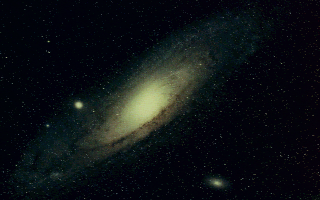
The Amdomeda Galaxy lies 2.2 million light years away and is the farthest object in the universe visible to the naked eye. Looking at Amdromeda you see a Galaxy very simular to The Milkyway Galaxy. No pictures of the hole Milkyway galaxy have ever been taken simply because it is too vast for any of our space probe to have escaped yet. The Milkyway is 15,000 light years thick and 100,000 light years accross. Our solar system lies 30,000 light years from the center of the Milkyway in the spiral arm of sagittarius.
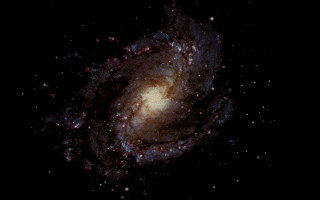
This Galaxy know as M83 is a frequently neglected southern sky object discovered in 1752 by Lacaille, who saw it as an ill-defined nebula, Hubble photographs reveal it's true nature as a classic Spiral Galaxy. This Galaxy is more than 33000 light years away .
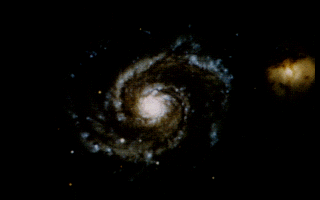
The Whirlpool Galaxy know as m51 is a textbook example of a spiral galaxy. Lord Rosse was the first to detect its pinwheel-like structure in 1845. Initally astronomers thought that such "spiral nebulue" were solar systems in formation. It was not untill the 1920's when Edwin Hubble concieved the true galactic orgonization of the universe, that they were recognized as distant galaxies. In the upper right of the photo is a galxay know as NGC 5195.Its a small irregular satellite galaxy of m51. Long-exposure photographs reveal that the two galaxies are bound to one another by a bridge of stars and nebulosity.
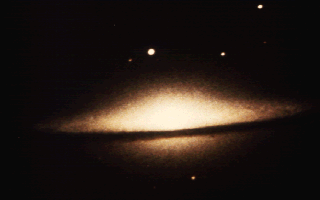
The brightest galaxy in virgo{13 are visible in virgo}is found far to the right of the realms center. This is the Sombrero galaxy,named for its protruding central core and broad, flattened spiral arm rim. Its appearance is further highlighted by a prominent dark lane encircling the galaxy along the arms outter circumference. This galaxy lies more than 8000 light years away.
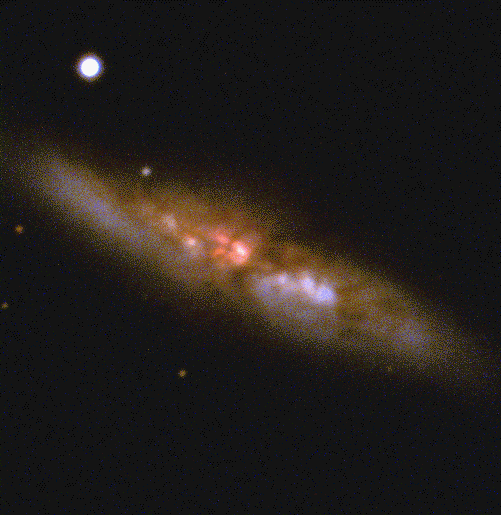
This Galaxy know as m82 is a "peculiar" galaxy, a strikingly different kind of beast. The brightest and most famous of its species. This galaxy lies 9200 light years away. Before the Hubble space telescope galaxies at this distance were mear points of smugged light.
In our own galaxy there are many amazing sites to see. Things like star clusters and nebula.
what is a nebula? a nebula [latin word for "cloud"] is an interstellar cloud composed of hydrogen and helium and cosmic dust. Stars are born from the condensation of such clouds. When a star is near a nebula its light is reflected from the cloud and the cloud appears to shine the pleades star cluster is an example of such a reflection nebula
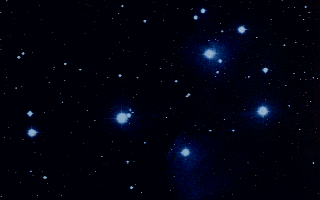
ultraviolet radiation from a star within the nebula may exsite the hydrogen atoms in the cloud and cause them to glow with a light of there own. The orion nebula is such an emmisions nebula
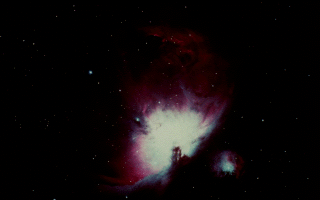
other nebula may be dark because the dust in the cloud blocks out light from the stars and the gasses behind them
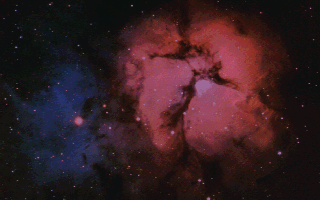
this is known as m20 a relatively faint puff of nebulosity. William Herschel was the first to note that the nebula was cut into thirds by dark lanes. These apparent divisions have led to m20 being nicked named the trifid nebula.
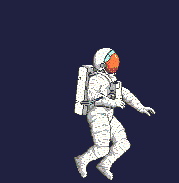
Get The Facts about the solar system